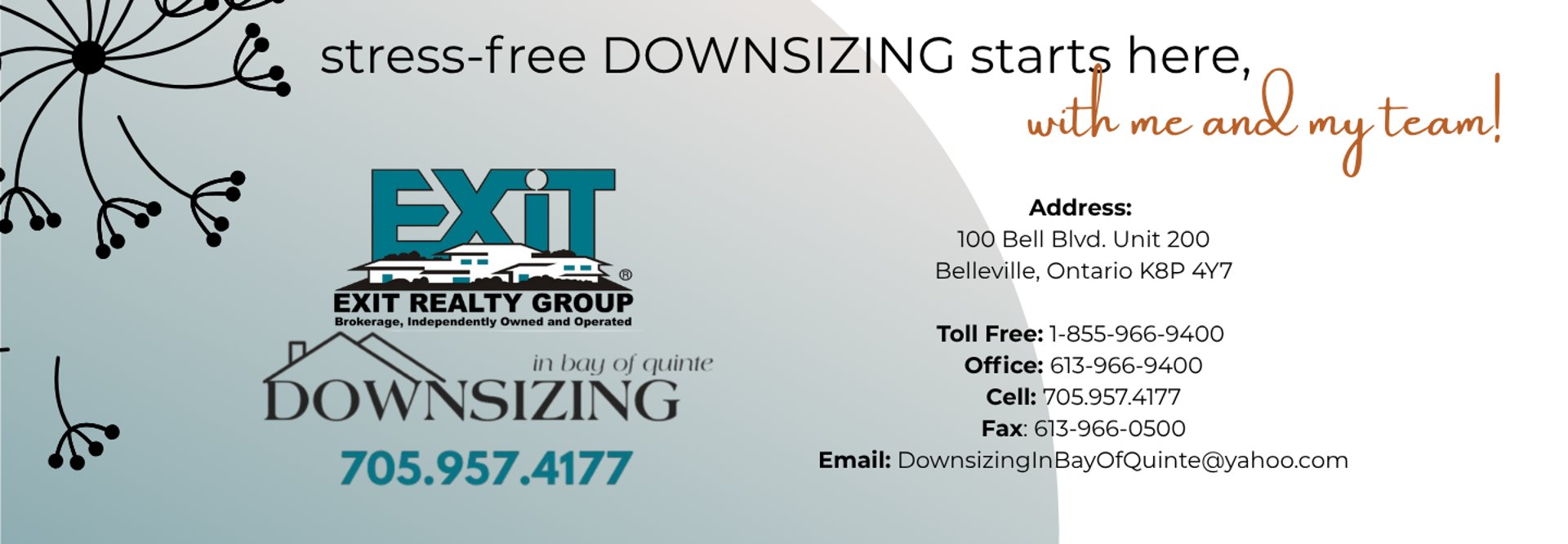
The Top 3 Home Inspection Myths Every Buyer Believes (and the Truth You Need to Know)
Buying a home is a major milestone—exciting, rewarding, and sometimes a little overwhelming. One of the most important steps in the process is the home inspection. But unfortunately, there are a lot of misconceptions that can create unnecessary stress or even lead to costly mistakes. Let’s bust the top three home inspection myths so you can approach this step with confidence and clarity.
Antonette Targowski, Realtor
3/13/20253 min read


Myth #1: A Home Inspection is a Pass or Fail Test
The Reality: There’s No Such Thing as "Pass" or "Fail"
A common misconception among buyers is that a home inspection works like a test—either the home "passes" with flying colors or "fails," sending them running for the hills. But that’s not how it works.
A home inspection is meant to identify potential issues, not assign a grade. The report gives buyers a clear picture of the home’s condition, outlining areas that may need attention.
The truth is, every home—whether it's brand new or 50 years old—has some flaws. Some may be minor maintenance issues, while others might be more significant concerns. But just because a home has a few problems doesn’t mean it’s a bad investment.
What You Should Do Instead:
Think of the home inspection report as a negotiation tool, not a deal-breaker. If issues arise, you can:
✔️ Request the seller to make repairs
✔️ Negotiate a price adjustment
✔️ Plan for future maintenance
Working with a knowledgeable real estate agent and inspector can help you determine what truly matters and what’s simply part of homeownership.
Myth #2: A Home Inspection Covers Everything
The Reality: Inspections Are Comprehensive, But Not All-Inclusive
Home inspections are incredibly detailed, but they don’t cover every inch of a home. Inspectors focus on major systems, including:
✔️ Roof and foundation
✔️ Electrical and plumbing
✔️ HVAC (heating, ventilation, and air conditioning)
✔️ Structural integrity
However, there are limitations to what a standard home inspection includes. Most inspectors won’t:
❌ Move furniture or personal belongings to inspect hidden areas
❌ Test for mold, radon, asbestos, or lead unless requested
❌ Assess cosmetic issues like paint or minor drywall damage
❌ Inspect swimming pools, septic systems, or detached structures unless agreed upon
Why This Myth Exists:
Many buyers assume an inspection is a “one-stop-shop” that will reveal everything about a home. While it does provide a comprehensive overview, certain specialized issues require additional inspections (such as mold testing, sewer scopes, or pest inspections).
What You Should Do Instead:
Before your home inspection, ask your inspector what’s included and discuss any specific concerns you have. If needed, consider ordering specialized inspections to get a complete picture of the home.
Myth #3: New Homes Don’t Need Inspections
The Reality: Even Brand-New Homes Can Have Problems
Many buyers assume that because a home is new, it’s flawless. But in reality, new construction homes can have just as many issues as older ones—sometimes even more.
Since builders work under tight deadlines, mistakes can happen. Common problems found in new builds include:
🔧 Plumbing leaks from improperly connected pipes
⚡ Electrical hazards due to miswired connections
🏠 Roofing problems from rushed craftsmanship
🌡 HVAC issues caused by incorrect installation
Why This Myth Exists:
Buyers trust that builders follow strict quality control measures. While that’s true, many builder inspections are quick and don’t catch everything. A third-party home inspection ensures nothing gets overlooked before you move in.
What You Should Do Instead:
Always schedule an independent home inspection before closing on a new home. This way, any problems can be fixed before they become your responsibility.
Final Takeaway: What Every Buyer Should Know
A home inspection isn’t about passing or failing—it’s about being informed. By understanding what an inspection can and can’t do, you’ll be in a stronger position to navigate the process with confidence.
Here’s how to make the most of your home inspection:
✅ Don’t panic over every issue—most things are negotiable or fixable.
✅ Ask your inspector what’s covered (and what’s not) before the inspection.
✅ Even new homes need inspections to catch potential issues.
At the end of the day, knowledge is power. A home inspection is your opportunity to understand the home you’re buying, so you can move forward with confidence—whether that means negotiating repairs, adjusting your offer, or simply having peace of mind about your purchase.
If you're thinking about buying a home and want expert guidance, feel free to reach out. I’d love to help you navigate the process with ease!
